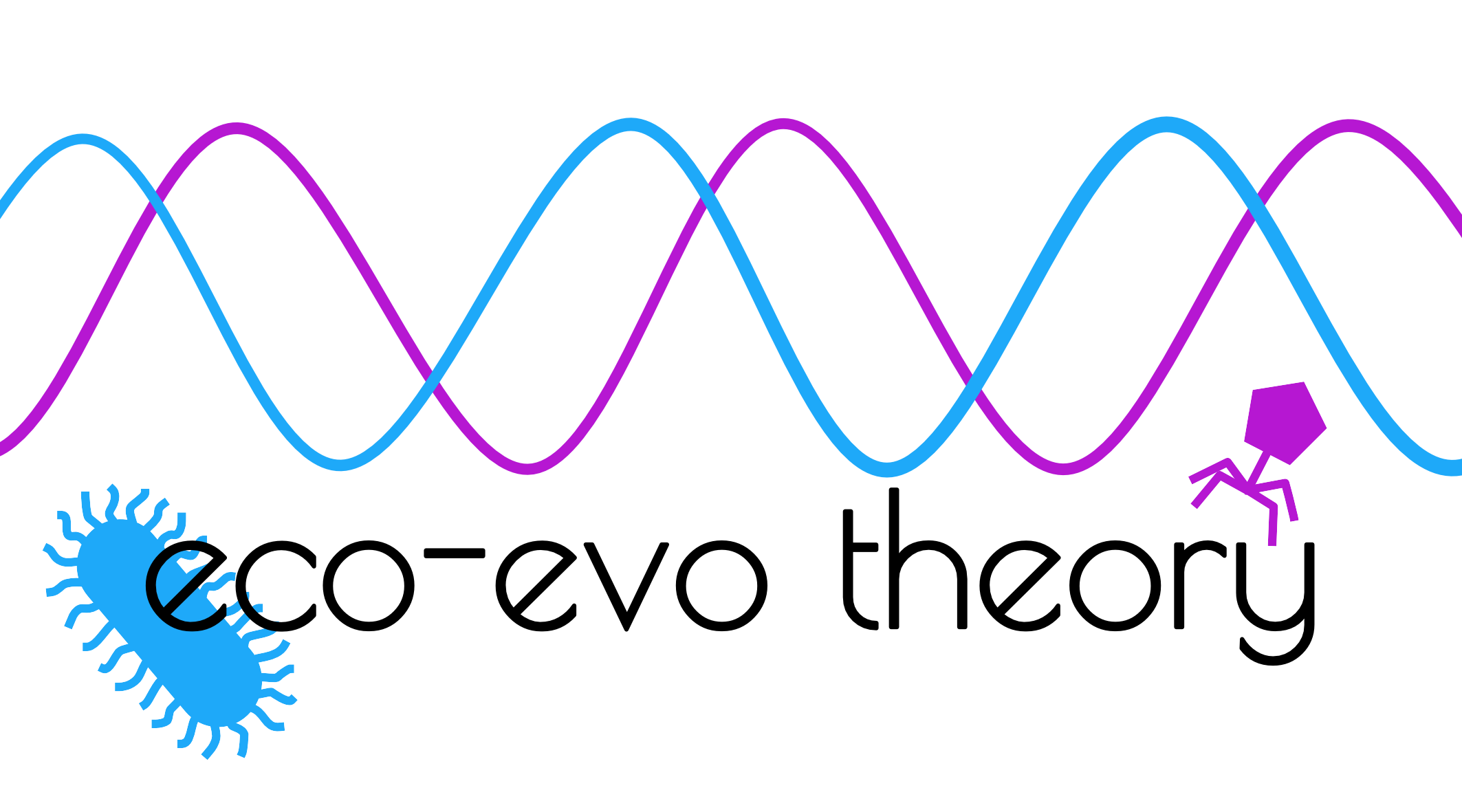Gómez P, Ashby B & Buckling A (2015) Population mixing promotes arms race host-parasite coevolution. Proc. R. Soc. B. 282:20142297.
Abstract
The consequences of host–parasite coevolution are highly contingent on the qualitative coevolutionary dynamics: whether selection fluctuates (fluctuating selection dynamic; FSD), or is directional towards increasing infectivity/resistance (arms race dynamic; ARD). Both genetics and ecology can play an important role in determining whether coevolution follows FSD or ARD, but the ecological conditions under which FSD shifts to ARD, and vice versa, are not well understood. The degree of population mixing is thought to increase host exposure to parasites, hence selecting for greater resistance and infectivity ranges, and we hypothesize this promotes ARD. We tested this by coevolving bacteria and viruses in soil microcosms and found that population mixing shifted bacteria–virus coevolution from FSD to ARD. A simple theoretical model produced qualitatively similar results, showing that mechanisms that increase host exposure to parasites tend to push dynamics towards ARD. The shift from FSD to ARD with increased population mixing may help to explain variation in coevolutionary dynamics between different host–parasite systems, and more specifically the observed discrepancies between laboratory and field bacteria–virus coevolutionary studies.

